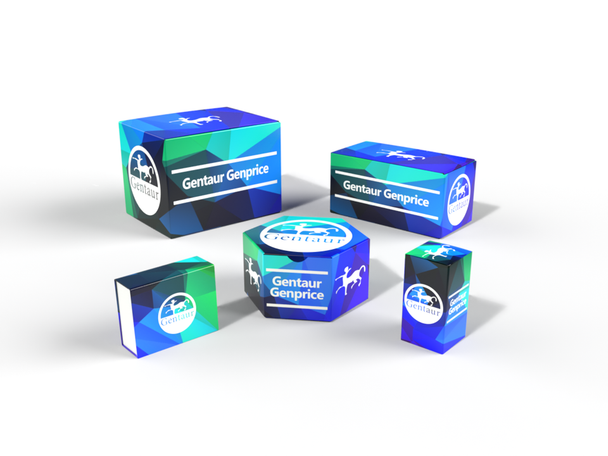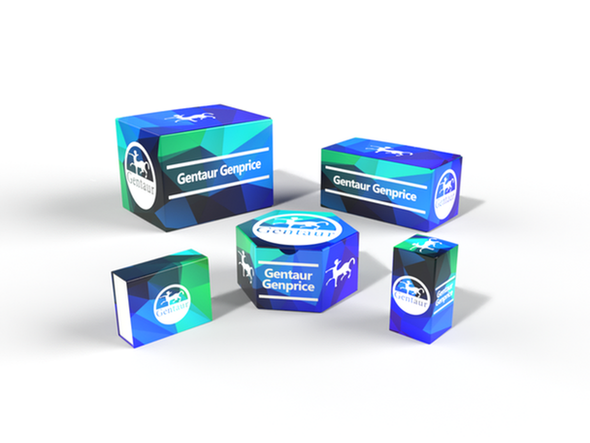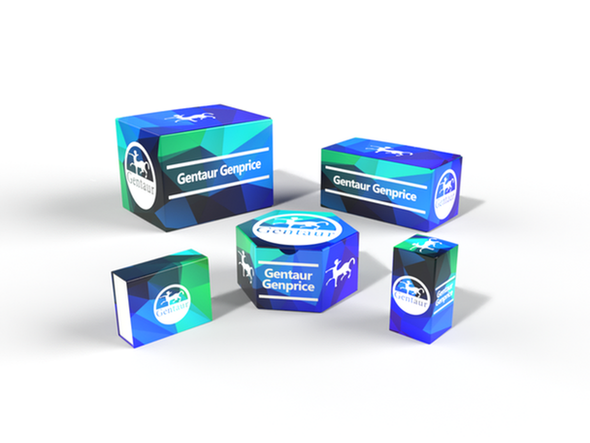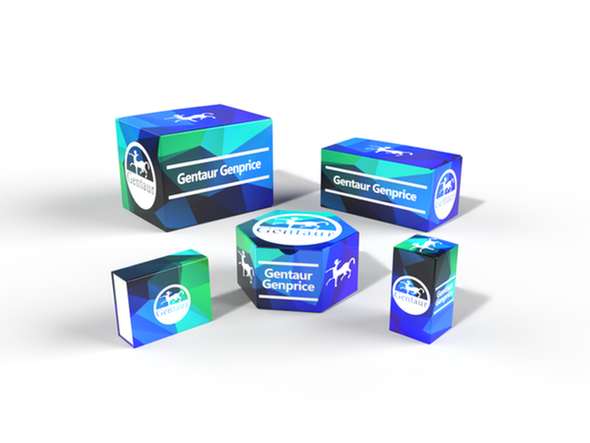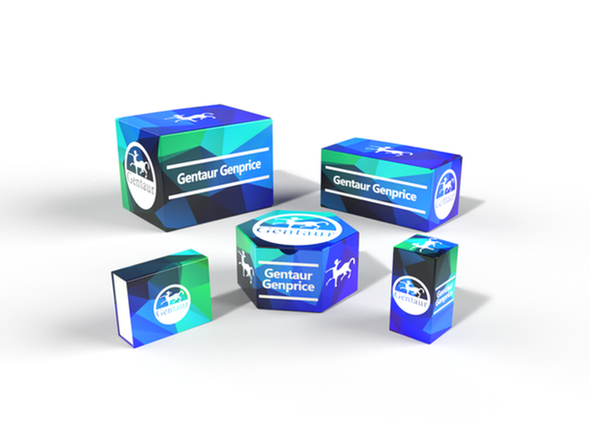767
Avian Infectious Bursal Disease (IBD) Antibody Elisa Test Kit | LSY-30014
- SKU:
- 767-30014-GEN
- Availability:
- IN STOCK
Description
Avian Infectious Bursal Disease (IBD) Antibody Elisa Test Kit - 30014 .
Avian Infectious Bursal Disease virus VP2 antibody
(IBDV-VP2 Ab) ELISA kit
Catalog No. 30014
1. Introduction
The GreenSpring™ Avian Infectious Bursal Disease virus VP2 antibody (IBDV-VP2 Ab) ELISA kit is developed to detect the IBDV-VP2 antibodies level in chicken serum sample and can be used to evaluate Infectious Bursal Disease vaccine status in chickens.
2. Principle
This kit is based on solid-phase enzyme-linked immunosorbent assay (ELISA) principle, composed by the reaction Micro-plate coated with high purity IBDV-VP2 antigen, horseradish peroxidase-labeled anti-chicken IgG and other reagents. The reaction mechanism is the coated antigen binding with IBDV-VP2-Ab in sample, and then with the enzyme-labeled anti-chicken IgG antibody to form a "coated antigen + IBDV-VP2-Ab + anti-chicken IgG HRP antibody" complex, add substrate, it will have coloration by the enzyme catalytic reaction. Color depth is proportional to the amount of IBDV-VP2-Ab, when the sample chromogenic reaction, the results detected by the microplate reader exceeds a set threshold value result judged as positive, indicating that the immune produced antibodies or natural infection exists.
3. The kit component
| 1 | IBDV-VP2 antigencoatedmicroplate | 96T X2 | |
| 2 | Enzyme conjugate | 22 ml | Yellow lid |
| 3 | Sample diluent | 50 ml | transparent lid |
| 4 | IBDV-VP2-IgGNegative control serum | 1.5 ml | green lid |
| 5 | IBDV-VP2-IgG Positive control serum | 1.5 ml | red lid |
| 6 | Substrate | 12 ml X 2 | orange lid |
| 7 | Stop solution | 12 ml | blue lid |
| 8 | 20×concentrated washing buffer | 50 ml | white lid |
| 9 | Adhesive Foil | 6 pieces | |
| 10 | Instruction | 1 piece | |
4. Materials Required But Not Provided
- Microplate Reader (double-wave length: 450/630nm).
- Micropipettes:single-channel 1~100ml,0.5~10ml, multi-channel 30~300ml
- Microplate Washer.
- Water bath or incubator.
- Oscillator.
- Disposable tips (10ul, 200ul)
- Deionized water
5. Sample requirement
- The test sample is chicken serum, collecting sample without bacteria, store at 2℃~8℃for less than a week, store at lower than-20℃for long-term storage.
- Avoid using sample of severe hemolysis, sediments, containing suspended long fibrin and pollution bacteria.
- Samples with conventional dosage of EDTA, sodium citrate or sodium heparin anticoagulant do not affect the experiment.
6. Preparation
- Bring ELISA reagents to the room temperature (20-25 ℃) for 30 min to get best results.
- Sample dilution: use the sample diluent to dilute the sample at 40 times, mix the diluted sample evenly can get better result.
- Washing solution preparation: Dilute the 20×concentrated washing buffer with deionized water at 20 times.
7. Test procedure
- Adding sample: Take out the required coated plates according to sample quantity (Can be detached) and record the sample position on a worksheet. Set 2 wells for negative control serum and 2 wells for positive control serum, add undiluted negative and positive control serum to its well accordingly, 100 μL/well. Others are sample wells, add diluted sample, 100μl/well (both single-well and double-well test is OK).
- Incubation: cover with Adhesive Foil after adding sample,incubate at 37℃for 30 min.
- Remove adhesive foil. Pour the liquid out of the wells, add the diluted Washing solution into each well fully, be static for 10s, pour out directly. Repeat 3 times, at last time pat to dry on absorbent paper.
- Add 100 μL enzyme conjugate into each well.
- Cover with adhesive foil andincubate at 37℃for 30 min.
- Repeat step 3.
- Add 100 μL substrate into each well, mix properly,Color for 10 min at 37℃in the dark.
- Add 50uL stop solution into each well, shake for 10s, and determine the result.
- Read OD value of each well with ELISA Reader at double-wave length: 450/630nm.
8. Results
Generally speaking, the average NDV-Positive control OD value should be ≥ 0.6, the average NDV-Negative control OD value should be less than 0.15, otherwise the experiment do not success, re-test it.
The result is judged by S/P value,
S/P=(Sample OD450/630- NCx(—))/( PCx(—)- NCx(—)), NCx(—) means Negative control’s average OD450/630value, PCx(—) means Positive control’s average OD450/630value
If S/P≥0.2, it is positive; less than 0.2, it is negative.
9. Interpretation of the result
- Severe hemolysis, fiber protein in the serum separation is not sufficient, containing erythrocytes, a precipitate, a sample with bacteria may lead to false positive.
- Negative results may occur on individual chicken after vaccines due to individual differences or immune duration.
- Positive results for serological diagnosis and epidemiological investigation of chicken to be combined with other methods and clinical data.
10. Product performance
- Specificity: use this kit to detect reference serum, the compliance rate reach 100%.
- Sensitivity: can reach max 1:12800.
- Precision: CV(%)no bigger than 8%.
- Stability: Store at 2℃~8℃for12 months or store at 37℃for 3 days, the result can reach the above 3 standards.
11. Precautions and warnings for users
- This test kit is suitable for in vitro diagnostics.
- Do not use kits out of expiry date, do not mix use reagents from different lots.
- Read the manual carefully before using the kits.
- Wear glove and working clothes when operate, treat the test kit as containing infectious material. Experiment rubbish should be dealt with high pressure steam sterilization at 121 ℃ for 30 minutes, or treated with 5.0g/L sodium hypochlorite disinfectant for 30 minutes, then discard.
- MicroWell plate removed from the refrigerated environment should be balanced moisture to dry at room temperature, then can be opened. Put back unused MicroWell plate into dry foil bag and sealed at 2-8 ℃. Unused liquid reagent should cover caps, store at 2-8 ℃ in dark with other group components.
- If the 20×concentrated washing buffer appears crystal, it is normal, put at 37℃until been dissolved.
- Should use Micropipettor to add sample and reagents, and often proof its accuracy.
- When adding washing buffer, should be full but no overflow, avoid appearing free enzyme at mouth of well or cross pollution between wells.
- Stop solution is corrosive, use large amount of water to wash immediately when touch the skin or clothes.
Specifications:96 wells × 2.
Expiry date:12 months.
Storage: at 2-8 ℃, don’t expose in strong light.
Production Date:On outer-packing of the test kit.
Additional Information
Method: |
Elisa |
Size: |
96x2 Wells/kit |
Species: |
Poultry |
Specimen: |
Serum |

